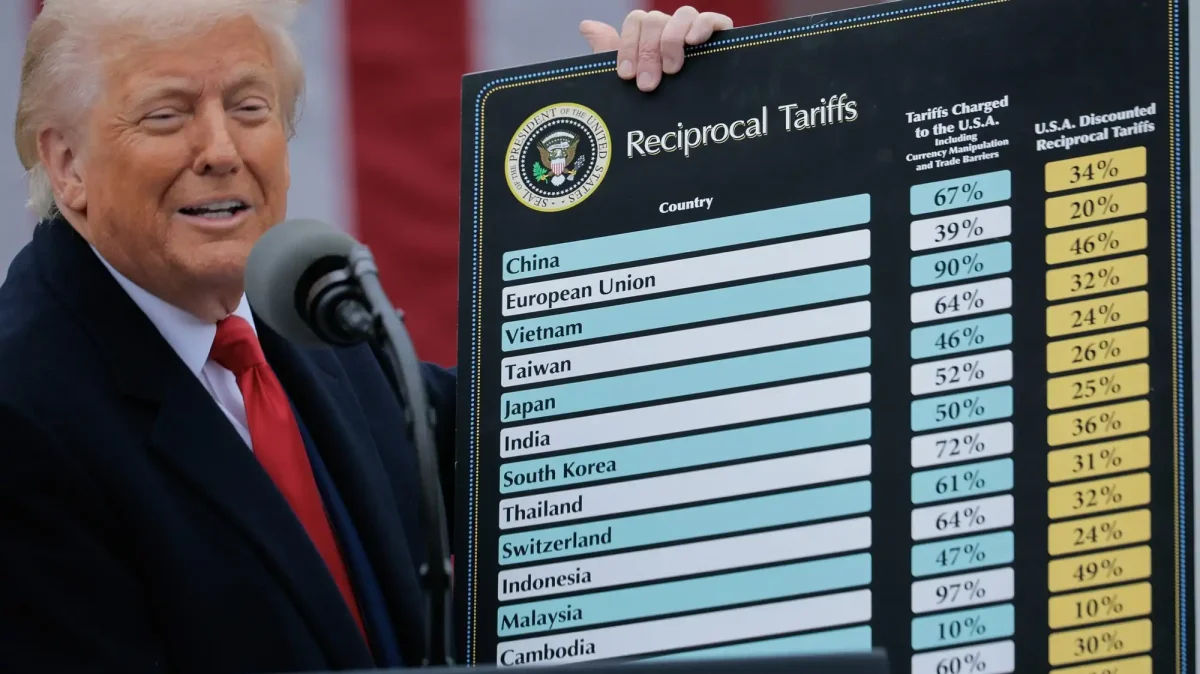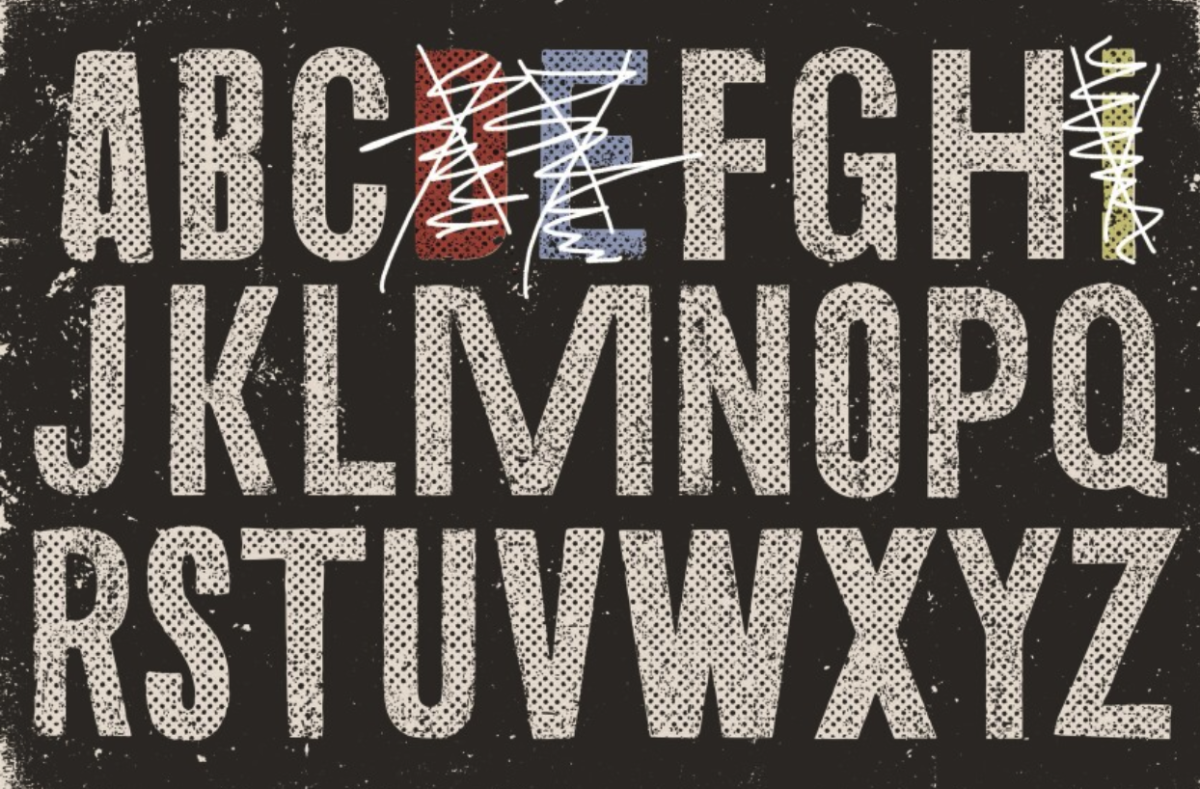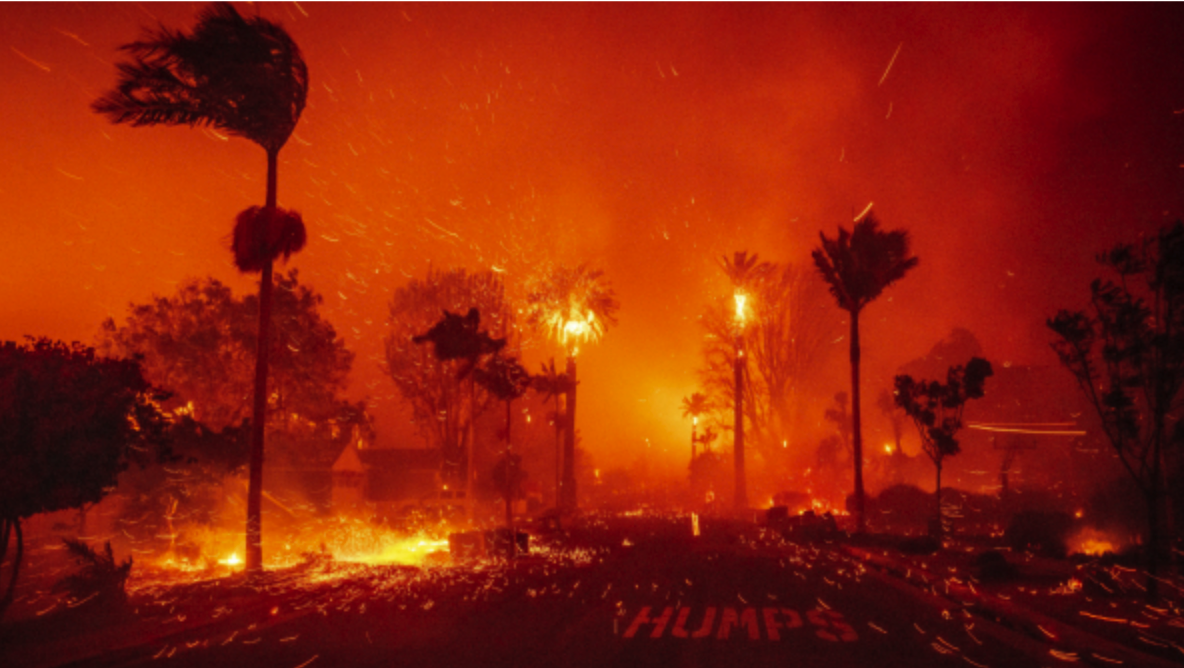When OpenAI introduced ChatGPT to the public in late 2022, it set off waves of concern across various sectors, including education. In less than two years, ChatGPT has evolved, with its most recent version, GPT-4, continuing to push boundaries in artificial intelligence (AI). As students and educators engage with this new tool, debates have surged online and in academic circles. Proponents argue it can revolutionize learning, while critics highlight concerns about academic integrity and overreliance on AI-generated content.
At Westminster, where academic excellence and personal integrity are cornerstones of the student experience, integrating AI tools like ChatGPT has sparked both excitement and apprehension. Faculty and students alike are trying to navigate its potential while addressing its challenges.
As the head of the Honor Council, Jake Kazlow said, “ChatGPT came years sooner than anyone was prepared for. And so I think education has had to do a quick turnaround.” The rise of AI has forced schools to reconsider how best to equip students for a world where AI will undoubtedly play a critical role.
Initially, many educators reacted by banning the use of AI in classrooms. Yet, as Kazlow emphasized, AI is not going away. As Westminster strives to prepare students for the future, the school has begun exploring ways to integrate ChatGPT responsibly into its curriculum.
“There is core knowledge you guys need to develop,” said Kazlow, “and it’s like any other technology… if you look at calculators and math, we have calculator and non-calculator sections.” Similarly, educators must strike a balance between developing essential skills and using AI as a supplementary tool. This balance is particularly evident in how ChatGPT can enhance differentiated learning.
“With something like AI, it can easily be trained to ask harder questions as you get them right and easier questions as you get them wrong,” said Kazlow. AI can tailor learning experiences that would be impossible for one teacher to manage alone in a large classroom. Such applications highlight AI’s potential to deepen understanding, provided that teachers and students use it with clear boundaries.
On the flip side, concerns about academic integrity have led Westminster to adopt new policies. The school uses Turnitin’s AI detector, a tool designed to identify AI-generated content in student work. AI-detection software comes with its own challenges, however.
“We do a lot of our own testing… and then GPT-4 comes out,” said Kazlow. “And now all of that data is kind of null and void because what it was detecting is different.” The evolving nature of AI tools forces schools to continuously adapt, balancing the need for innovation with the importance of maintaining academic standards.
Brooks Batcheller, Upper School dean of students, similarly draws comparisons between the rise of AI and the introduction of calculators in classrooms.
“There are historical precedents where a new technology is emerging, and we know that to prepare students for college and the real world, they need to have a working understanding of how it can be helpful,” said Batcheller. Like Kazlow, he stresses that faculty are still grappling with the line between efficiency and avoiding learning. “We’re working on helping students understand the difference between using AI to save time and undercutting their own learning.”
Given ChatGPT’s wide range of functions, generative AI has many implications for the English department in particular. Jack Morgan, an Upper School English teacher, has an open yet cautious perspective on the use of AI in education. Although not claiming to be an expert on generative AI, he recognizes its potential as a powerful tool in the classroom. He explained how he experimented using AI in his 9th-grade class by having students analyze a poem and then asking generative AI to recreate it in a similar style. While the AI-produced poem was impressive, Morgan pointed out that it lacked the subtlety and ambiguity masterfully manipulated by the human poet. This, he argued, is a crucial distinction between AI-generated content and human creativity. While Morgan emphasized that it could be beneficial if used as a tool for learning, he warned that relying on AI to do the work from the start would stunt intellectual growth.
Senior Callum Capoor echoes this sentiment. Capoor explained how he uses ChatGPT as a helpful resource for various tasks.
“For example, in a math problem, I’ll ask it to maybe explain something to me,” he said. He added that while ChatGPT can offer ideas for writing or point out typos, he never sees it as a replacement for his own voice.
“It helps me find areas for improvement or explain some things better,” said Capoor. “Like I said, it’s a tool, not a replacement. I like that.”
In the meantime, educators encourage students to have open conversations with teachers about how and when AI can be used responsibly. Batcheller advises students to be explicit about their intentions when using AI for assignments, particularly when it comes to tasks like generating questions for study or checking their understanding of material.
“My advice for students is to always assume the work should come entirely from themselves,” said Batcheller, adding that transparency with teachers can avoid misunderstandings about AI usage.
Westminster has also recognized that AI’s potential as an educational tool depends on how it’s used. In fields like math and science, where objective answers are more common, ChatGPT can serve as a powerful assistant for quiz creation and study help. When it comes to synthesizing multiple concepts, however, especially in essays, students must be cautious not to lean too heavily on AI for creativity and analysis.
As Westminster continues to integrate ChatGPT into its classrooms, it’s clear that the technology, if wielded correctly, can offer immense benefits. But as Kazlow, Batcheller, and Morgan emphasize, this requires clear policies, ongoing dialogue, and a strong foundation of personal accountability. For now, AI remains a double-edged sword— capable of shaping the future of education in unprecedented ways, but only if we handle it with care.
Edited by Selena Patel






